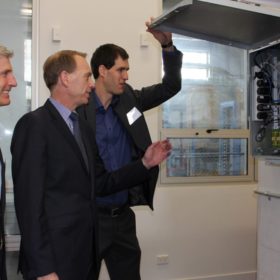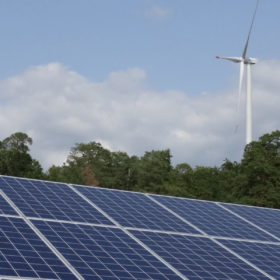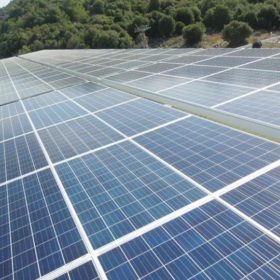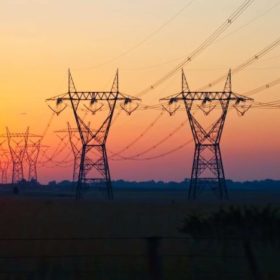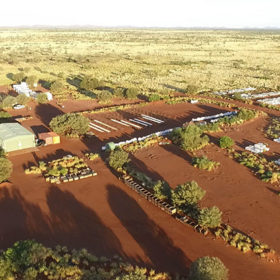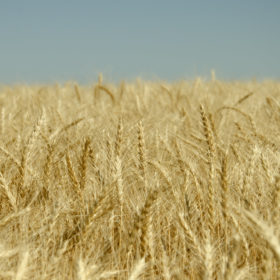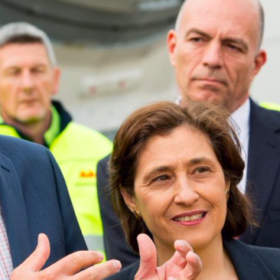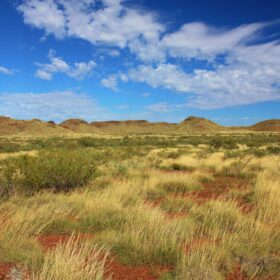Distributed Energy Test Lab set to open in Canberra
The Distributed Energy Resource (DER) laboratory “DER-Lab” will provide an environment for safe testing of new technologies including monitoring and communication devices, smart controllers, aggregation (e.g. Virtual Power Plant), market participation software and other innovative new products.
It’s official: Large-scale Renewable Energy Target achieved more than a year early
The Clean Energy Regulator has confirmed it has approved enough capacity to meet the Large-scale Renewable Energy Target (LRET). While this is a great achievement for the renewables industry, the question remains what comes beyond 2020. Although analysts expect a slow down, ANU researchers find the record installation rates will see Australia surpass the scrapped target of 41,000 GWh of renewable energy generation around the end of 2020.
Rajasthan eyes 50 GW of solar within six years
The state plans to achieve half the amount by 2021-22 under its new draft solar policy. The package also suggests establishing a research hub, privately financed solar parks and encouraging commercial self-consumption of clean energy.
Solar Victoria portal crashes as expanded rooftop PV rebate opens
Only hours after the release of the boosted September allocation of rooftop PV rebates, Solar Victoria’s application portal crashed, leaving applicants frustrated.
NSW gives “critical infrastructure” status to NSW-SA transmission line
The New South Wales (NSW) Government has declared TransGrid’s proposed 900km interconnector from South Australia (SA) to NSW to be a project of Critical State Significant Infrastructure (CSSI). This signifies a strong boost to the dearth of transmission infrastructure revealed by the rapid growth of renewables, particularly solar PV.
Oz Minerals set to power Outback mine with solar PV
Copper miner Oz Minerals has announced its intention to source as much power as possible for its West Musgrave Project through solar PV and wind hybrid generation. The increasing cost of fossil fuels is driving many mining companies to seek renewable alternatives.
IndianOil to produce non-lithium EV batteries
The state-run fossil fuel giant has partnered with an unnamed foreign start-up to produce electric vehicle batteries using raw materials easily available in India.
Coal Capital Newcastle switches to 100% renewables
Newcastle, NSW, home to the world’s largest coal exporting harbour, has announced a plan to source 100% of the City of Newcastle’s power from renewable generation in a move that could save ratepayers millions in energy costs.
Balancing solar with agriculture in the US Midwest
Today we have heard of farmers in Australia unhappy at the approval given for three solar projects on agricultural land and also learned the benefits PV can bring for fish and shrimp farmers. In this op-ed for pv magazine USA, Stoel Rives LLP attorneys Sara Bergan and Thomas Braun discuss the balancing act to be made between solar and agriculture in the emerging Midwestern PV market.
Solar Victoria heeds solar industry activism, frees up 23,000 solar PV rebates
The Victorian Government has heeded solar industry and customer concerns and wrought substantial changes to the Solar Homes Rebate Program, including a significant increase in rebate allocations and a streamlining of the laborious online application portal.
